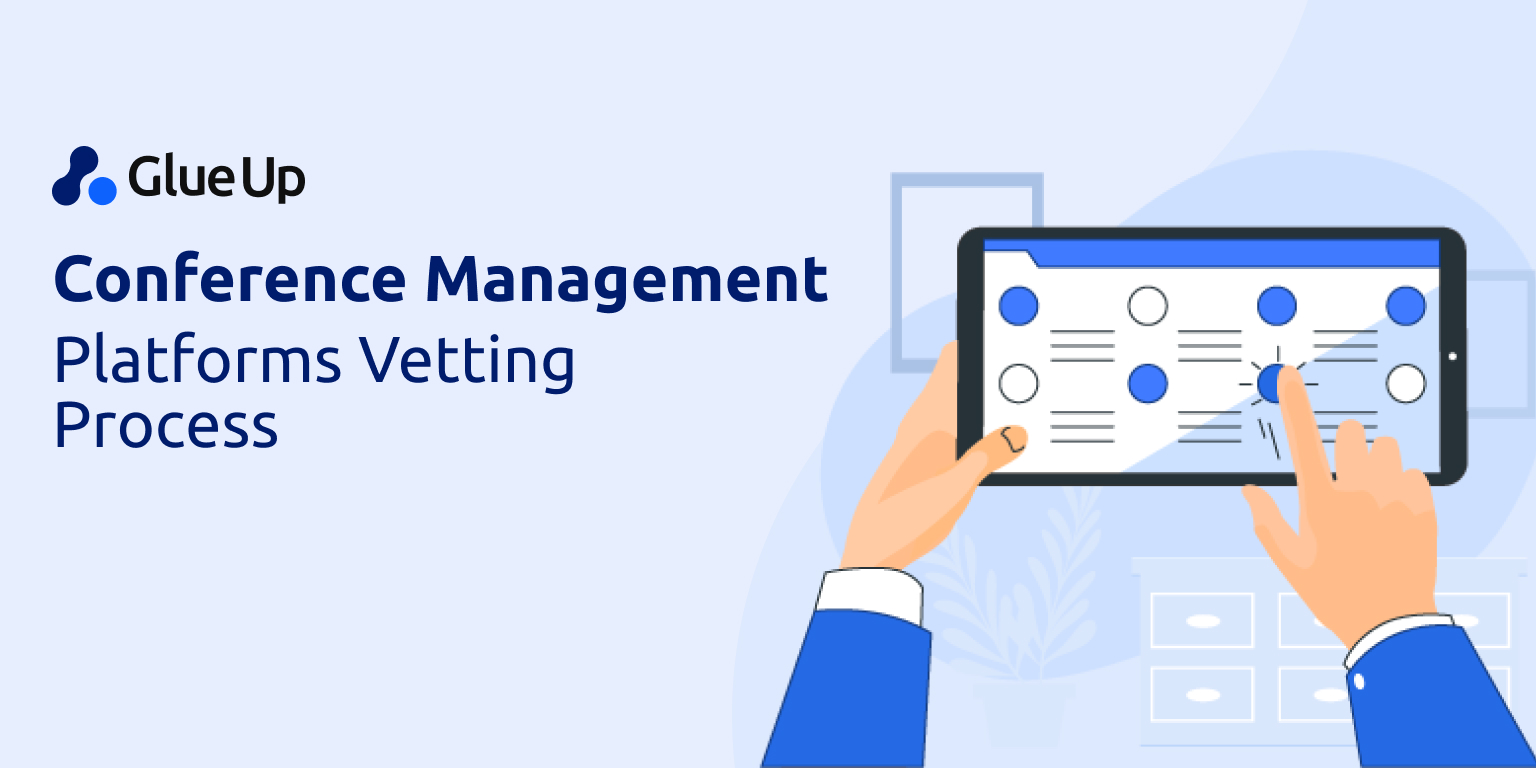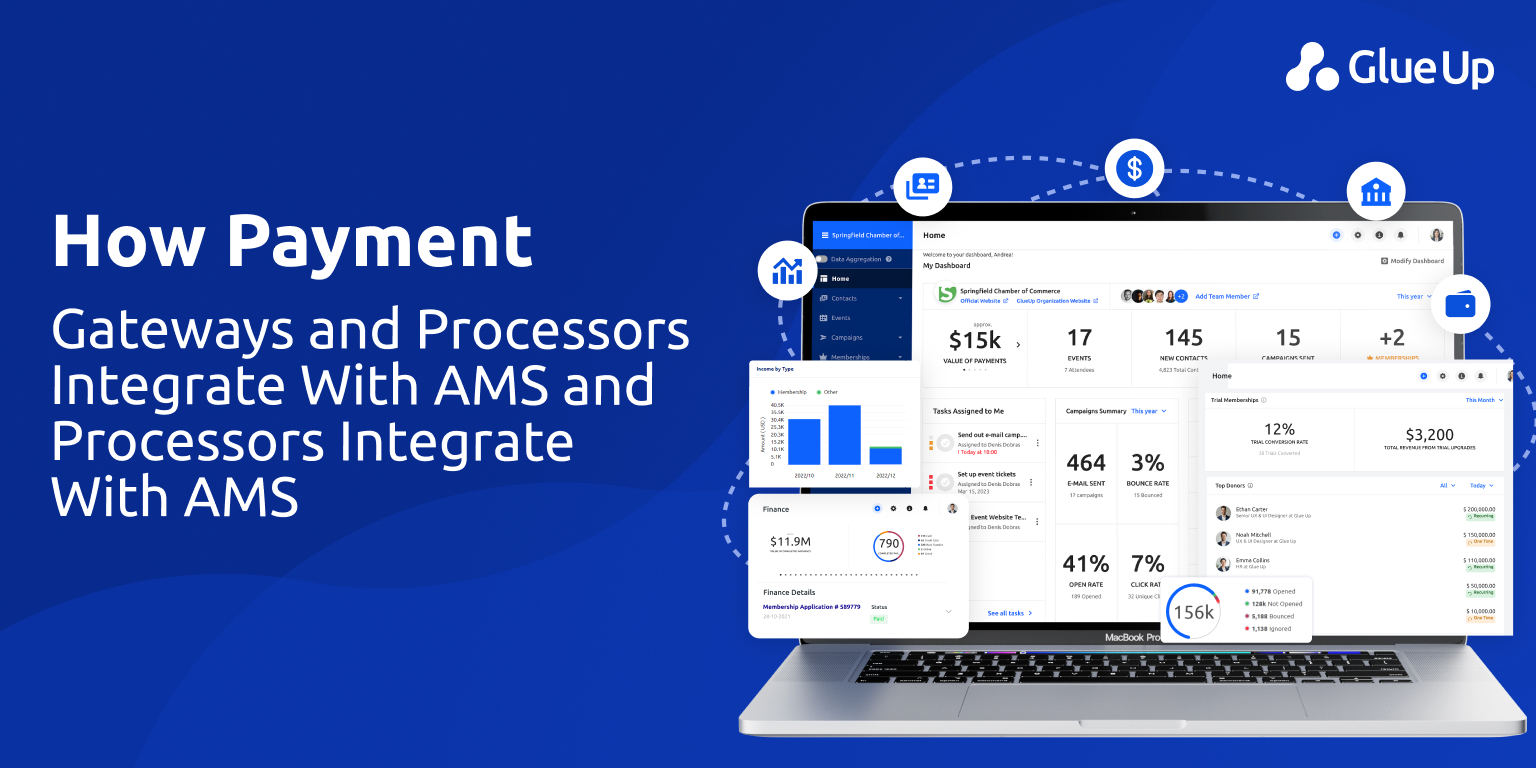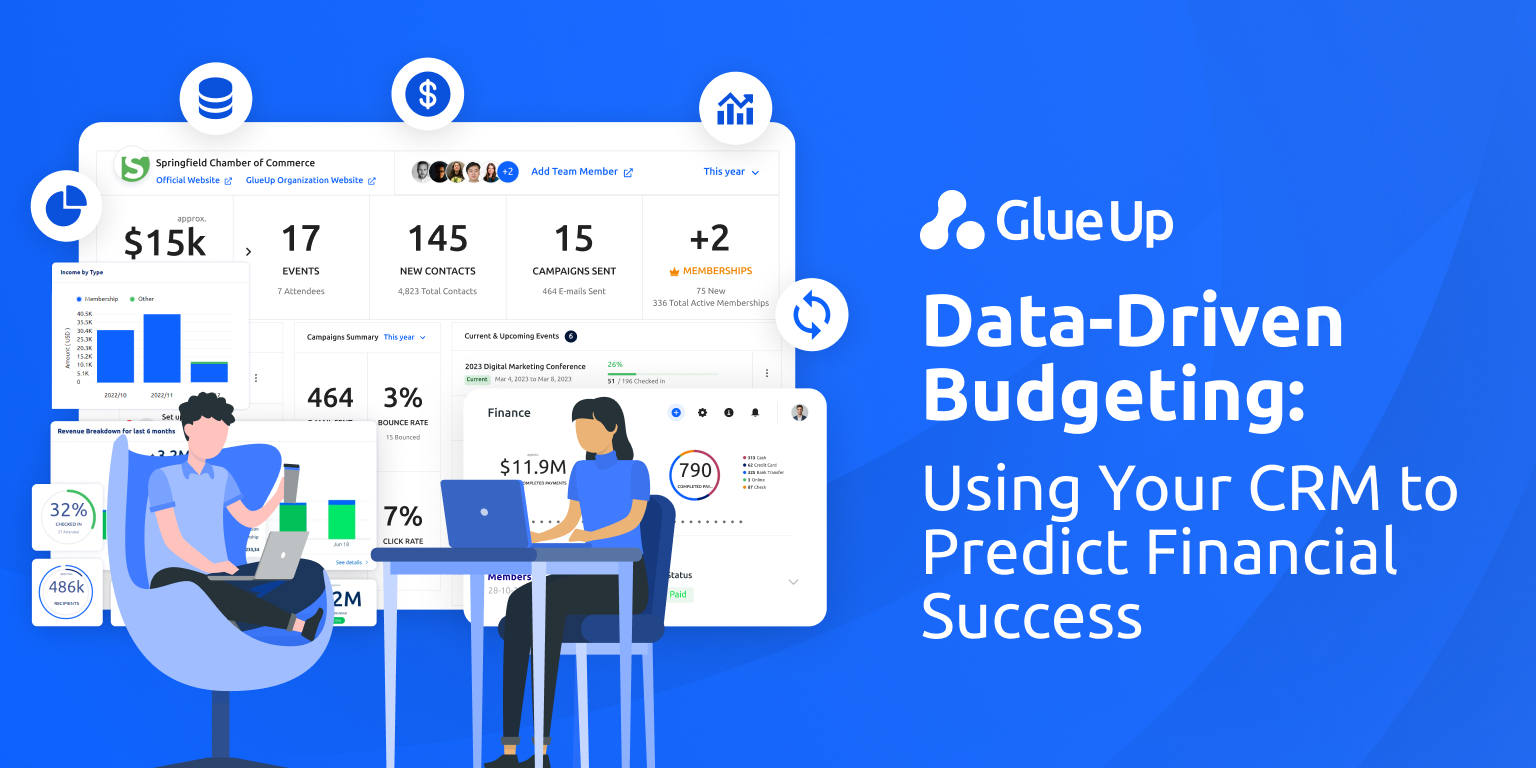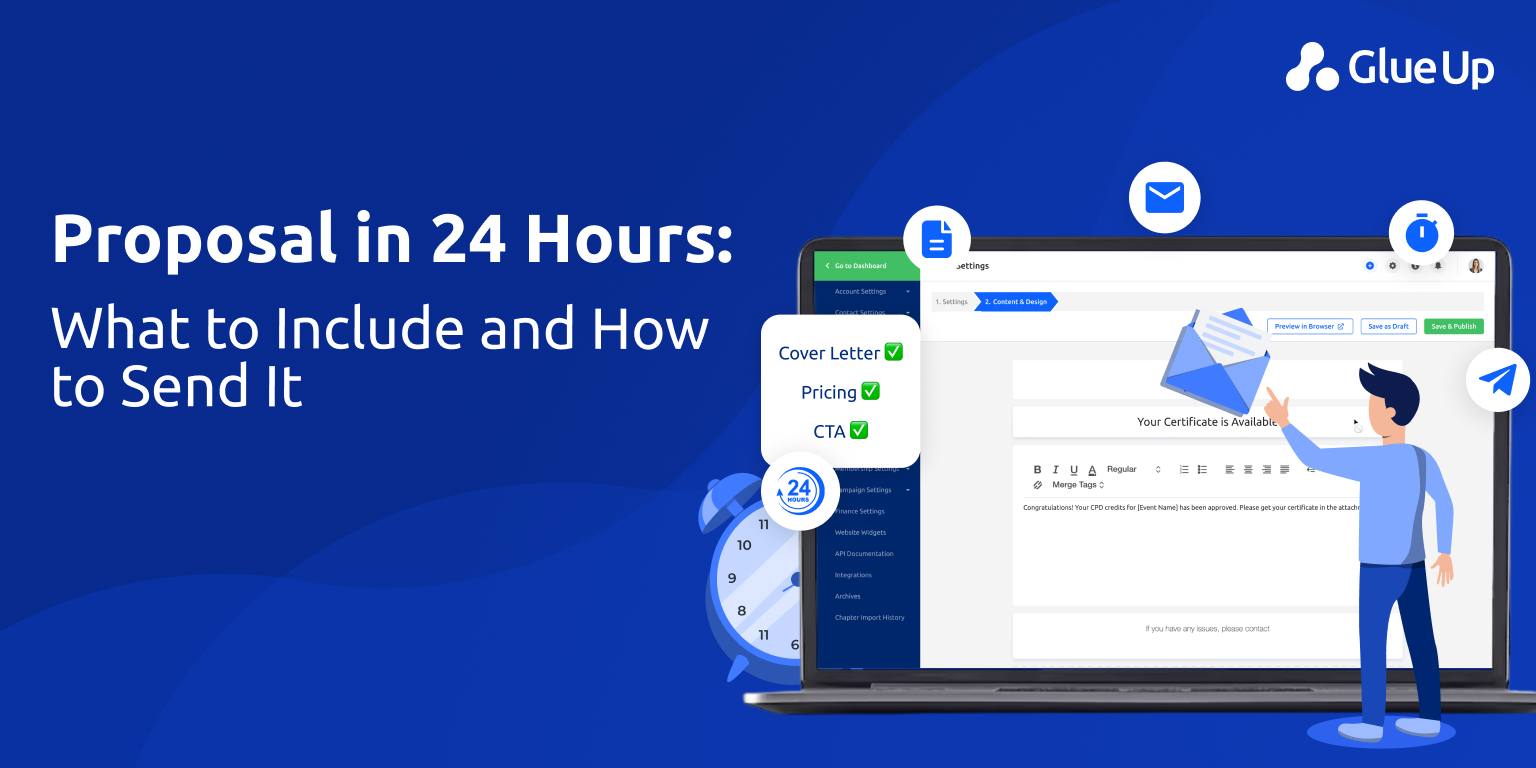
Choosing the right conference management platform is a software decision and a long-term investment in how your team runs events, communicates with members, and tracks ROI. The challenge? Most platforms sound great on paper. But when it’s time to manage 3,000 attendees, collect payments, update badges, handle walk-ins, send follow-ups, and sync everything back to your CRM—only a few delivers.
This blog walks through a step-by-step vetting process built for associations, chambers, and other member-based organizations. We’ll unpack the real questions you should ask (beyond “does it have registration?”), show you what to look for in demos, and help your team avoid costly platform mistakes.
Why Most Conference Management Platform Fail After Onboarding
Let’s start with the uncomfortable truth. Most conference management platform don’t fail during implementation—they fail quietly after, because they weren’t fully vetted for how you run events.
Maybe the platform was built for B2B trade shows. Maybe it doesn’t track engagement after check-in. Or maybe your staff must use five separate tools just to run one annual meeting. These issues often surface after a contract is signed.
That’s why vetting matters. A full process.
Step 1: Define What Success Looks Like
Before reaching out to vendors, answer this:
What does a successful event feel like from your team’s perspective?
What should attendees say after it’s over?
What data should you walk away from?
For example, if post-event insights or member scoring is a key goal, your platform needs to track behavior and attendance. If you host hybrid events, that changes what “success” means completely. Start here before moving to software.
Step 2: Identify Your Internal Blind Spots
Every organization has them.
Some over-index on the attendee experience and forget about backend reporting.
Some want flashy check-in apps but haven’t addressed how they collect payments.
Others assume the platform will “just integrate” with their CRM.
Talk to your events team about marketing and finance. Where did past events go off-track? What manual workarounds are they still doing?
Knowing your blind spots early helps you build a smarter vetting framework.
Step 3: Build a Must-Have vs. Nice-To-Have List
Here’s what that could look like for a 1,000+ attendee member conference:
Must-haves:
Custom registration forms with logic
Session-based tracking and attendee scoring
CRM sync for membership tagging
Badge printing with walk-in support
Automated email confirmations and reminders
Mobile check-in with real-time updates
Nice-to-haves:
AI-powered networking suggestions
Sponsor booths with lead scanning
On-demand video hosting post-event
Survey logic and sentiment tracking
Go by what makes your staff’s lives easier and boosts real ROI.
Step 4: Compare Feature Sets Across Platforms
Now bring in the contenders.
Create a simple comparison table across 6–10 key feature areas:
Feature Area | Platform A | Platform B | Platform C |
Custom registration | ✅ | ✅ | ✅ |
Mobile check-in app | ✅ | ❌ | ✅ |
CRM integration | ✅ (native) | ✅ (Zapier) | ❌ |
Event analytics | ✅ | ✅ | Limited |
Tiered access control | ✅ | ✅ | ✅ |
AI-powered matching | ❌ | ✅ | ❌ |
Highlight who owns what it is. If you need a Zapier workaround, that’s not a real integration.
Step 5: Involve the Right People at the Right Time
The biggest mistake? Leaving end users out of the process.
Get these people involved:
Event managers – who will use it daily
Marketing – who sends pre/post communications
IT or operations – who handles integrations
Finance – who oversees payment collection
Leadership – who cares about strategic impact
Each team should spend time with the vendor, ask questions, and assess based on their workflows. A great demo for marketing may be a nightmare for finance.
Step 6: Go Beyond the Demo—What to Test
Ask the vendor to run a real-time use case for you.
Example: “Can you show us how to approve a speaker, then tag attendees who joined that session, and sync the data to our CRM?”
Here’s what to watch for:
Time it takes to do the task
Number of clicks or menus
How intuitive it is (without help)
How fast updates reflect in the backend
Whether it breaks anything else (e.g., email logic)
If your team is still confused after the call, that’s a red flag.
Step 7: Analyze Pricing Models and Hidden Costs
Most conference management platform follow one of these models:
Per event (flat rate)
Per registrant
Annual license + per event fees
Tiered plans based on usage
Look out for:
Fees for extra admin users
Paywalled analytics or API access
Charges for additional integrations
Custom domain or white-label fees
Ask for a full quote with:
Your average event size
Number of internal users
Needed integrations
Mobile check-in and printing
Training or support services
A “cheap” platform with 12 hidden add-ons isn’t cheap.
Step 8: Investigate CRM, Email, and App Integrations
For associations and chambers, disconnected tools are a disaster. Ask:
Does this integrate with our CRM natively?
What data syncs both ways (not just one)?
Does it update member records in real time?
Can it trigger marketing automation post-event?
Are check-ins reflected in engagement scoring?
Can it feed into our mobile member app?
Your platform shouldn’t just help during the event. It should inform your entire member's lifecycle.
Step 9: Ask for Client References in Your Vertical
Request at least two reference calls:
One with a similar organization (size + type)
One that recently onboarded
Questions to ask:
What surprised you after launch?
How fast is their customer support?
What limitations have you discovered lately?
How often are product updates released?
What would you do differently next time?
Bonus points if they use the same CRM, payment tools, or email platform as you.
Step 10: Run a Live Simulation with Your Team
Run a full internal simulation:
Create a mock event
Assign admin roles
Build a registration flow
Launch a test email
Check-in mock attendees
Trigger workflows
Export and sync data
Track:
Where users got stuck
How fast team members adapted
What processes broke
Whether reporting was useful
This exercise surfaces issues before real members are involved.
What to Do After You’ve Picked One: Turning Software into Actual Success
Picking on a conference management platform is a major milestone, but it’s not the finish line. It’s the start of what can either become your most effective operational upgrade—or just another underused tool with a monthly bill.
The real value of any platform isn’t in the demo. It’s how it behaves under pressure, how well it fits your workflows, and how quickly your team can actually own it. That’s why post-selection planning matters just as much as pre-selection vetting.
If you’re using Glue Up, your onboarding process already includes built-in timelines, data migration planning, training sessions, and custom feature activation. But no matter what platform you choose, here’s the post-selection blueprint you can’t afford to skip.
Set a 90-Day Onboarding Plan with Clear Roles
Break onboarding into a structured, three-phase sprint:
Week 1–2: Setup — roles, access levels, branding elements, basic CRM sync
Week 3–6: Feature enablement — registration flows, check-in app, badge formats, automated emails
Week 7–12: Live test or first event — full team simulation, feedback loop, reporting alignment
Assign responsibilities per team (marketing handles email templates, events team handles session structures, finance reviews, payment settings, etc.) to avoid cross-department delays.
Glue Up Tip: Our onboarding specialists guide teams through this exact timeline, with weekly check-ins, admin portal tours, and custom event templates based on your event formats.
Create Internal SOPs Tailored to Your Event Workflows
Even if the software is intuitive, your staff still needs internal playbooks.
For example:
Event team SOP: “How to create a new multi-session event with tiered access”
Marketing SOP: “How to set up automated reminders and pre-event engagement campaigns”
Finance SOP: “How to reconcile payments and export invoices post-event”
This ensures staff turnover doesn’t break your system and everyone knows what success looks like in their role.
According to a study by McKinsey, teams that adopt standardized digital SOPs reduce human error in event execution by up to 35%.
Build Reusable Templates for Consistency and Speed
Templates are time-savers and quality control.
Start with:
Email templates: registration confirmation, pre-event reminder, post-event survey
Badge templates: with dynamic data fields like session access or tier level
Agenda templates: printable and mobile-compatible versions
Survey templates: with logic trees for deeper sentiment tracking
Glue Up’s email builder, badge designer, and drag-and-drop agenda tools make it easy to create and reuse across all events.
Schedule Quarterly Reviews with Your Vendor
Block time every 3 months with your platform provider to review:
Usage patterns
New features released
Team feedback or support issues
Upcoming high-volume events
Data anomalies or bottlenecks
Glue Up account managers proactively schedule these sessions to optimize platform use. If your provider doesn’t offer this, ask for it.
For one Glue Up customer—a global medical association—quarterly reviews helped reduce their registration errors by 52% within six months, simply by adjusting field logic and access workflows.
Run a Post-event Debrief—Every Time
After each major conference, sit down with your internal team and ask:
What worked well?
Where do we need manual intervention?
What did we learn about attendee behavior?
Were engagement and check-in scores reflected in the CRM?
Pull data exports. Look at open rates, survey feedback, and attendance-to-registration ratios. Then revise your SOPs, templates, and workflows accordingly.
Glue Up dashboards allow you to build custom engagement heatmaps, so you can track who dropped off, who stayed longest, and which sessions actually moved the needle.
Set Event Success KPIs—And Track Them Publicly
Success shouldn’t be anecdotal. Create baseline KPIs, publish them internally, and revisit them after each event.
Examples:
Time saved in manual tasks (goal: 40% reduction)
Registration conversion rate (goal: 15% increase)
Error reduction in payment exports or badge printing (goal: <2% margin)
Email open and engagement rates (goal: 25%+ OR)
Member reactivation from event attendance (goal: 10% of attendees)
Organizations using Glue Up typically see measurable results in KPI areas by the third event. We offer custom KPI dashboards built for associations and chambers that want to track strategic impact and tech adoption.
Choose a Platform That Scales with Your Needs and Your Next Event
Many associations make the mistake of choosing based on today’s needs—but outgrow their tools in under 12 months. Look ahead:
Will this platform support mobile apps and future AI use cases?
Can it scale from 200 attendees to 5,000 without switching systems?
Will it integrate as you update your CRM or payment stack?
Does the vendor invest in updates relevant to your organization?
Glue Up’s product roadmap includes AI Copilot features, dynamic member scoring, and customizable API options—designed specifically for member-based organizations that evolve fast.
Tech Powers Conference Management Platform
Buying software isn’t the hard part. Aligning it to your operational mindset is.
Conference management platform are tools—powerful ones—but they won’t build engagement, fix sloppy processes, or motivate members on their own. What they can do is multiply the efforts of a well-run team.
So before asking “what platform should we use?” ask:
How do we want to work?
What do we want members to feel?
Where are we losing time and accuracy?
Who’s responsible for fixing it?
When you know those answers, you’re ready to turn a platform into a growth engine.
And if you’re looking for one that grows with you—Glue Up’s all-in-one event and member engagement solution is built for the exact challenges your team faces today and tomorrow.
Book a demo and let us show you how it fits into your workflow.



